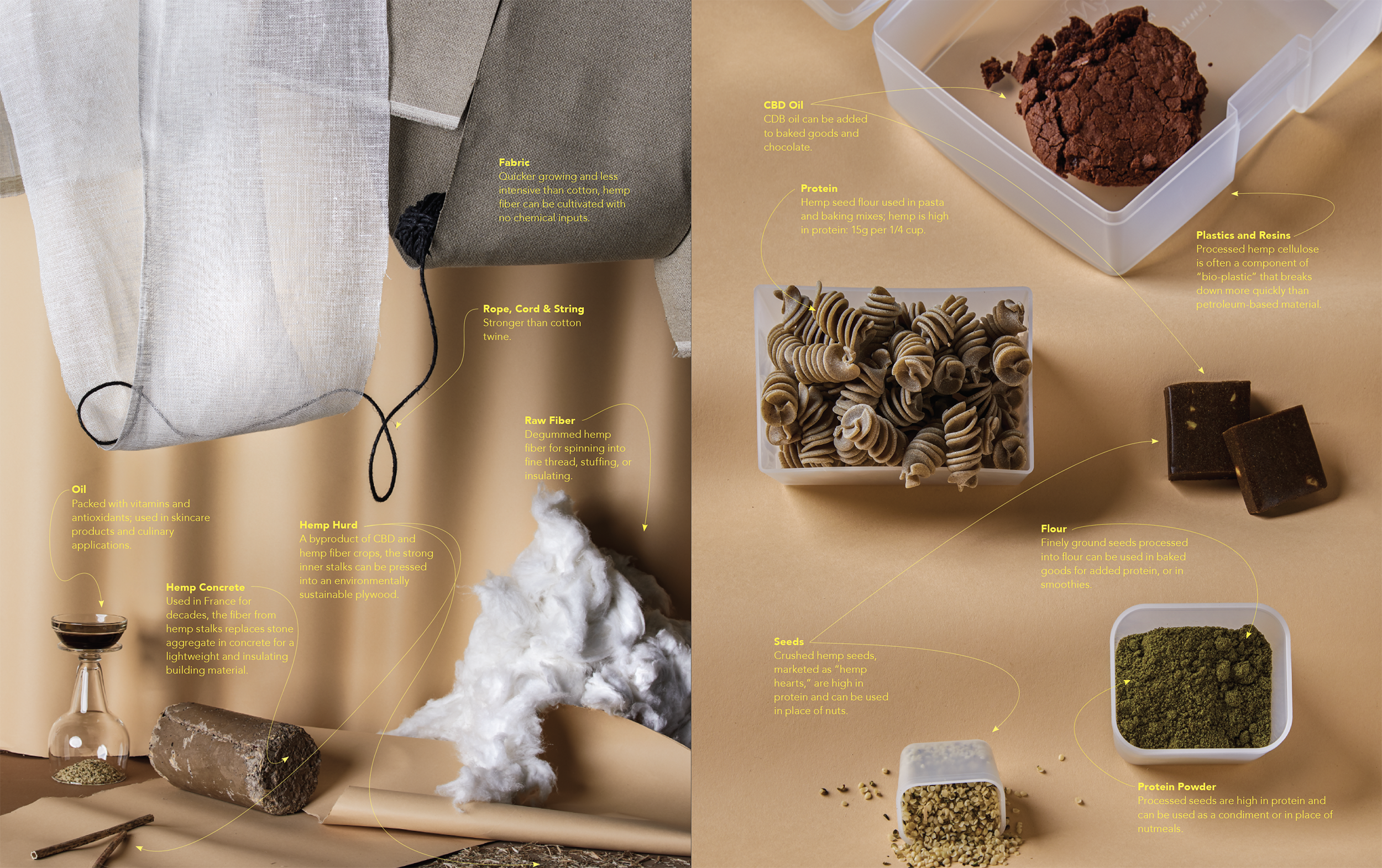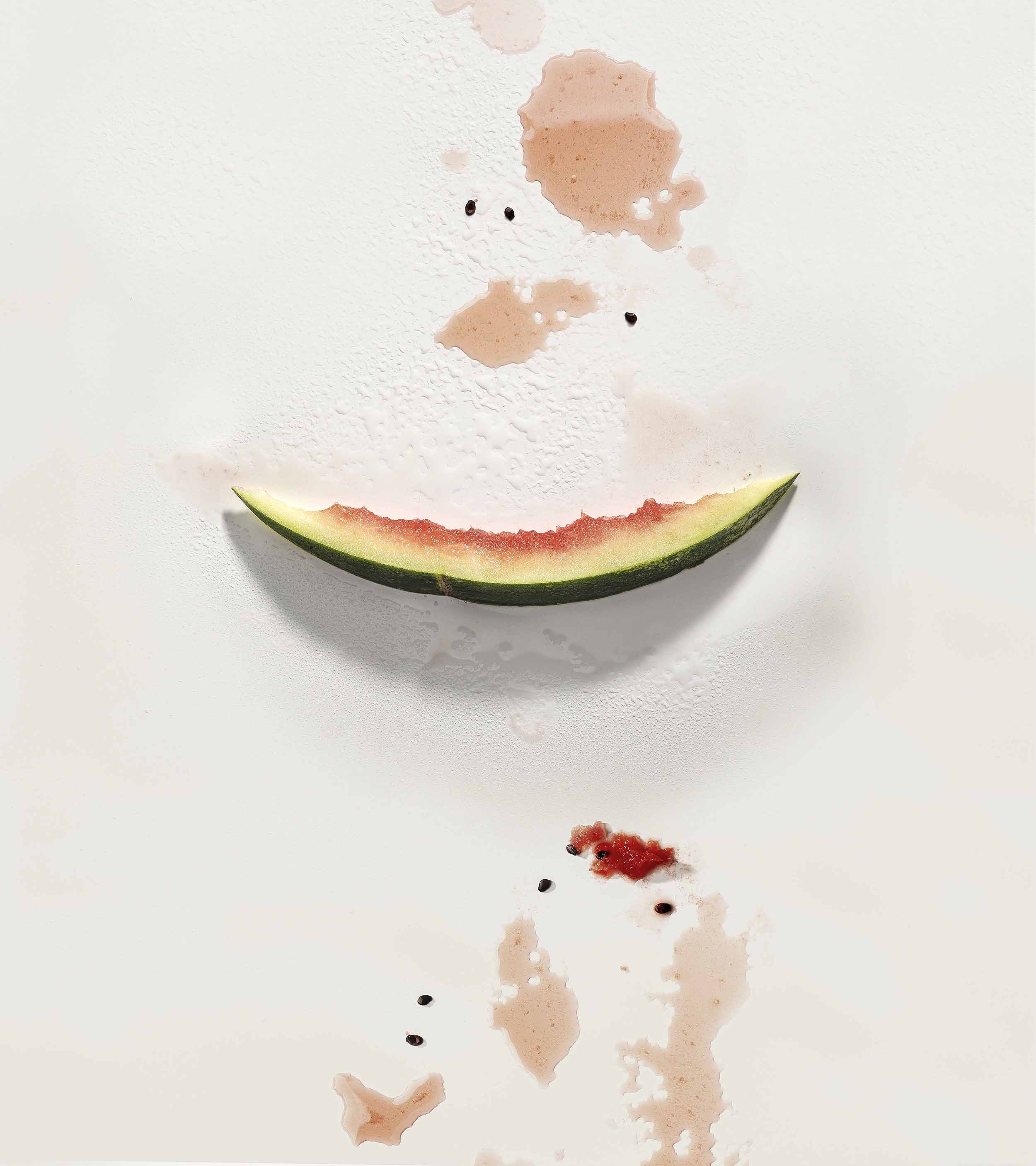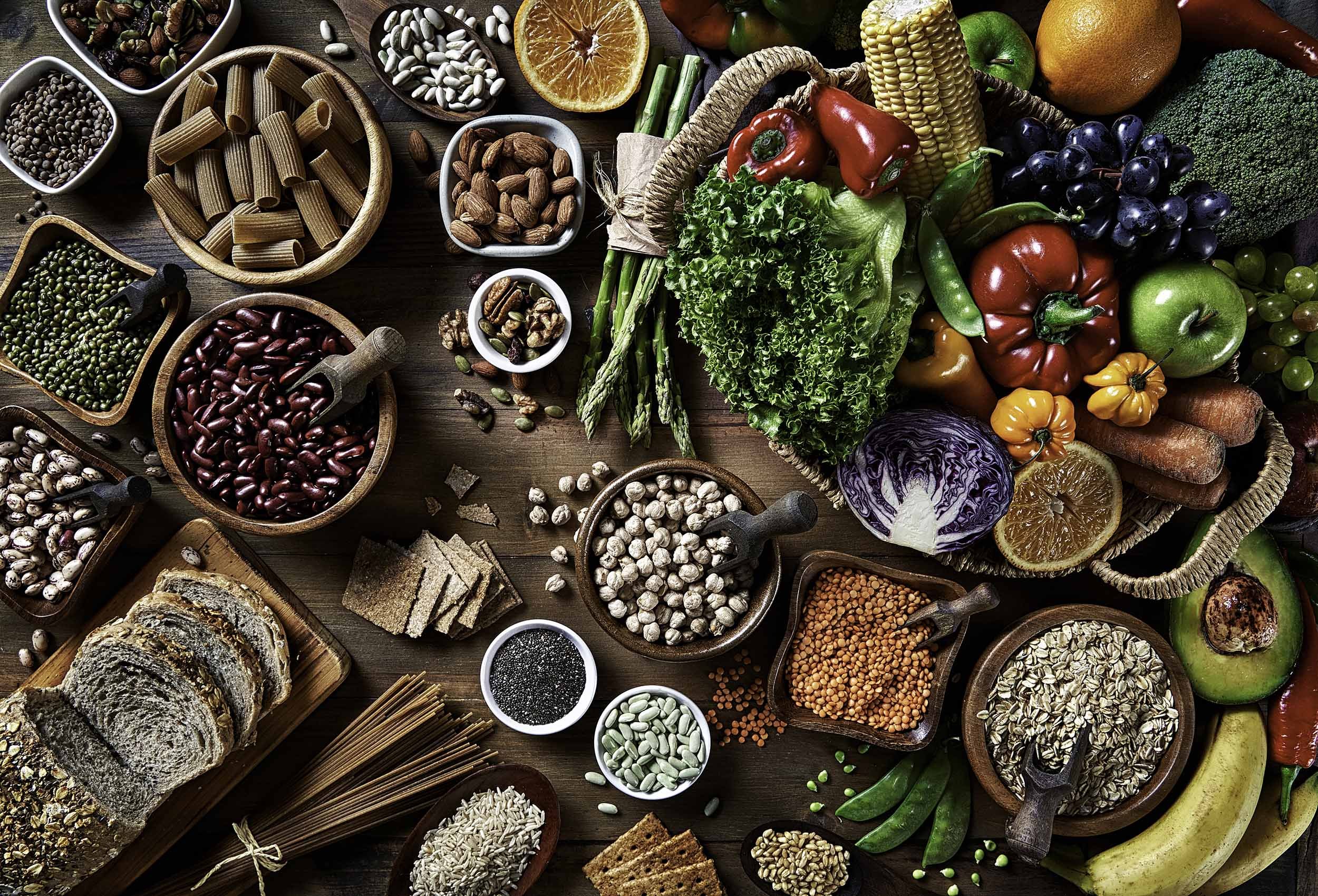Hemp Isn’t Pot
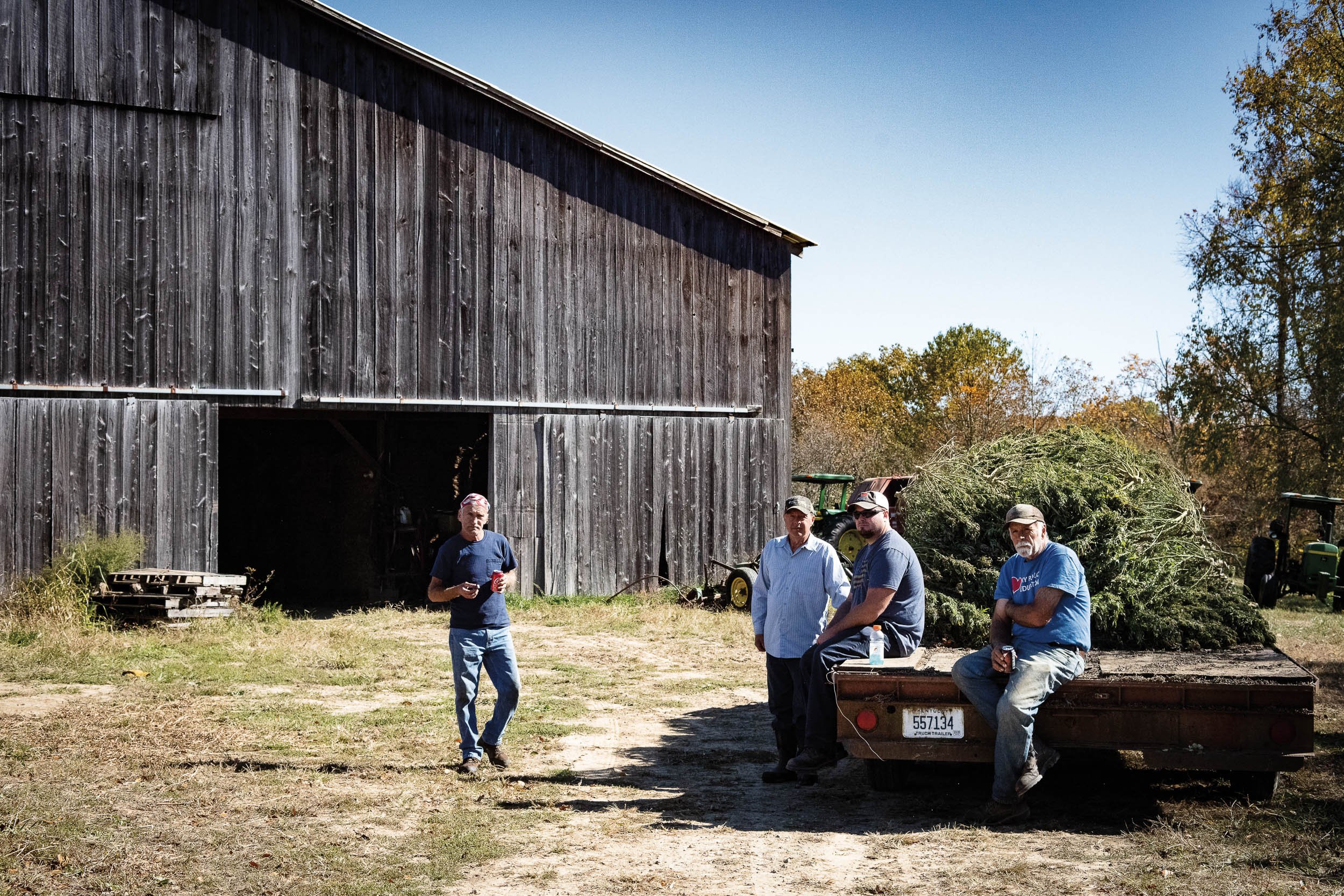
Photography by Julie Kramer
Legalized again, hemp holds big promise as a cash crop with a remarkable array of uses.
Science has only just begun to unravel the mysteries—and, some say, the miracles—of cannabis. But that’s not keeping proponents from staking their claim, as CBD and hemp products line shelves at area grocery stores, gas stations, farmers’ markets, and festivals alike.
With strong support from U.S. Senator Mitch McConnell, Congress passed the Farm Bills of 2014 and 2018, ultimately making hemp production legal (with serious restrictions) nationwide and kick-starting an eager industry in states like Kentucky, whose first commercial hemp crops were planted in 2017. The state went on to issue more than 12,000 research permits that year. Just this summer, Ohio followed suit by signing Senate Bill 57 into law, decriminalizing hemp and paving the way for growing and processing regulations that will take effect in 2020. A similar law passed the Indiana legislature and was signed by the governor in May.
The Ohio Valley was a leader in hemp production throughout the 19th and 20th centuries, but as cannabis makes its way back into the local mainstream, large gaps in education remain. Fortunately for thousands of curious consumers, our region is home to researchers, lawmakers, and producers ready to guide the public conversation around this long-misunderstood plant.
In August 2019, Central State University received $7.1 million in contributions to become Ohio’s first public university to research hemp. To lead the program, the university recruited plant biologist Dr. Craig Schluttenhofer, who got a head start researching hemp at the University of Kentucky since 2014. Of particular interest to researchers is cannabidiol, or CBD, a compound that’s shown promise in preliminary studies for regulating the body’s endocannabinoid system, with implications for improved sleep, anxiety relief, and management of pain and other disorders. (CBD differs from tetrahydrocannabinol, or THC, which is the psychoactive component of cannabis. By extension, products that contain CBD are regulated and sold differently than medical marijuana products.)
“There’s always room for more clinical studies, but when you look at the existing literature, CBD has a very good safety profile, even at fairly high levels,” says Schluttenhofer, who in addition to health benefits sees enormous economic potential for small-scale farmers in the region. “What I want most of all in my work is to establish a successful industry for growers.”
Advocating for CBD’s Benefits
Before Rae Edmiston co-founded Kentucky Green Grass, she was a self-described IT and HR professional, “about as far from hemp farming as you can get.” These days, she grows 75 acres’ worth of hemp spread over three farms near Danville, KY. She works with local processors and extractors to produce CBD oil in small, 100-bottle batches.
Early this year, Edmiston visited pharmacies in her area to ask if they carry or would be interested in carrying CBD oil. “Thirty percent of the people I talked to were clueless,” she says. “Another 30% said they carry it, but couldn’t tell me the brands or anything about it.”
Edmiston was disheartened by the lack of education around CBD, but emboldened by the positive feedback she hears from repeat customers, some with serious medical conditions and others managing day-to-day stress and anxiety. “My partner’s grandpa has diabetes,” says Edmiston. “One day, we asked about his last doctor’s visit. He said without changing his diet, just by taking CBD twice a day, his A1C came down two points. That’s when I started to become a believer.”
Edmiston began administering CBD to her own diabetic son, and six months later, when his A1C dropped 1.5 points, she says, “I became an evangelist, learning everything I could about CBD and talking about it to anyone who’d listen.”
As Edmiston and others are finding out, there’s a lot we still don’t know about cannabis. But now, given the freedom to explore, local farmers are rediscovering hemp’s habits and the reasons it proliferated in the Ohio Valley for hundreds of years. Processors and extractors are on the hunt for new and better practices, and scientists are taking a closer look at hemp’s more than 100 potentially beneficial cannabinoids. Through it all, many share a common goal: to help consumers navigate the data and reap the benefits of hemp and its byproducts.
Hemp Isn’t Pot
Those for whom the word “cannabis” conjures images of bleary-eyed stoners or shady cartels might be confusing hemp with its psychoactive sister, marijuana. While both come from the same plant, the difference is in their chemical composition; more specifically, legal hemp carries a maximum of 0.3% THC—the cannabinoid compound known to cause intoxication. Non-psychoactive hemp comes in three forms:
Industrial hemp fiber and grains, used effectively for centuries in the production of textiles, paper, building materials, and fuel; Hemp oil, derived from seeds and often used as a food and cosmetic additive due to its rich concentration of protein, polyunsaturated Omega fatty acids, and vitamin E; and CBD, typically infused with a carrier oil and administered sublingually, or via salve, vape pen, capsule, or chewable gummy.
While the current marketing frenzy suggests CBD as a recent discovery, it and other cannabis-derived products have been legally sold for decades at places like Hemptations, which operates four locations across Southwest Ohio. Owner E.R. Beach has advocated for hemp since 1995 and is a true believer in hemp’s more than 25,000 known uses. The vast majority of his inventory is hemp-derived products—everything from lotions and necklaces to clothing and tinctures—and he even uses local hemp to build display cases and furniture in his stores.
“My ‘evil hemp plan’ has always been to replace everything we use with hemp. Now we can buy it locally and there’s less of a footprint,” says Beach. “No one will notice a difference, and the planet will be a much better place.”
In response to feedback he was getting from customers, Beach recently launched his own Hemptations line of CBD-infused tinctures and other products. He says his customers swear by CBD’s effectiveness for managing a range of health issues, but have become increasingly frustrated by a lack of information and transparency.
“CBD is really driving the industrial hemp movement right now,” Beach says. “Because it’s so new, we’re seeing a lot of opportunities for shadiness—hundreds of online retailers, many of whom don’t even know what they’re selling. We knew we needed to step up as a provider. We don’t offer medical advice, but I can tell you I’ve had doctors send patients to my stores because they believe CBD can give them more relief than what they’re prescribing.”
A Changing Legal Landscape
It’s understandable that consumers would be confused. One reason is that the Food and Drug Administration (FDA) is not authorized to regulate CBD—just like it can’t verify the claims made by producers of supplements like milk thistle or melatonin. The agency can only monitor consumer feedback, investigate medical claims, and conduct random product testing to hold sellers accountable.
For that reason and many others, it’s nearly impossible to have a conversation about hemp production without digressing into politics. The rules are still hazy at best and open for debate by opponents, and local producers still contend with stigma left over from a time when cannabis was outlawed and lumped into a class with LSD, heroin, and other controlled substances.
“Ohio legislature is notoriously conservative,” says Amalie Lipstreu, policy director for the Ohio Ecological Food and Farm Association (OEFFA), the organic advocacy and certification agency for a region of 12 states. More than 30 U.S. states had hemp legislation in place before Ohio Senate Bill 57 passed this summer. “People have been advocating for hemp since long before I joined OEFFA, but there are still others who conflate hemp with marijuana and the stigma that comes along with it,” Lipstreu says.
“It’s our hope that with Senate Bill 57 signed into law, we can act quickly to give producers the information they need to get started,” she continues. “Processors of CBD are looking for certified organic products, so there’s opportunity in that market. As a USDA-accredited organic agency, we’re ready to start approving farms as soon as possible.”
Queen City Infusion is another local hemp producer whose foray has not been without political obstacles. Since 2015, the company has sold CBD-infused products at hundreds of retail locations throughout the U.S. But in early 2019, its flagship product—a sparkling water line marketed as “America’s first CBD seltzer”—came under scrutiny by state regulators and was briefly removed from shelves. The experience prompted organizers to open a new production facility across the river in Covington, KY.
With that temporary setback now in the rearview, cofounder and CEO Nic Balzer is looking to the next chapter. “We’re more excited than ever to lead in this industry as it changes and evolves,” he says. “We’re building relationships here in Northern Kentucky with fifth-generation hemp producers who have more expertise and knowledge than anyone in the business.”
Work Yet to Be Done
When it comes to the future of hemp in the Ohio Valley, predictions are mixed, and many hinge on what happens at the national level. Some believe synthetic, FDA-approved CBD drugs like Epidiolex will proliferate as states settle into legal hemp production. Others foresee a spike in big-label CBD offerings from companies like Nestlé, which has been one of the first global companies to jump into the hemp game. Still others expect increased competition to drive down the cost of hemp products, which, for the moment, remains prohibitive for many consumers.
But as the industry barrels toward the $20 billion mark, one thing is certain: Momentum is not slowing down anytime soon.
The challenge facing regional players, much like the potential, is great. In addition to managing changes at breakneck speed, hemp purveyors must remain constantly vigilant about the same issues that plague consumers—lack of information, persisting stigma, restrictive regulations, high cost, and questionable quality. And that’s in addition to the constant fear that their crops will test “hot” (containing higher-than-legal levels of THC) and be destroyed by state regulators.
In an industry so young, everyone from processors to retailers is wearing multiple hats, serving as stewards of the public trust to stem the tide of shady folks looking to turn a quick buck.
Balzer, for one, is up to the challenge. He’s not intimidated by competition from other producers, big or small. He believes there’s plenty of room for more people to plant roots in the local hemp scene and flourish. “We have a big chance right now to work together for change—instead of being just a product pusher. We can reinvent how our society is working.”


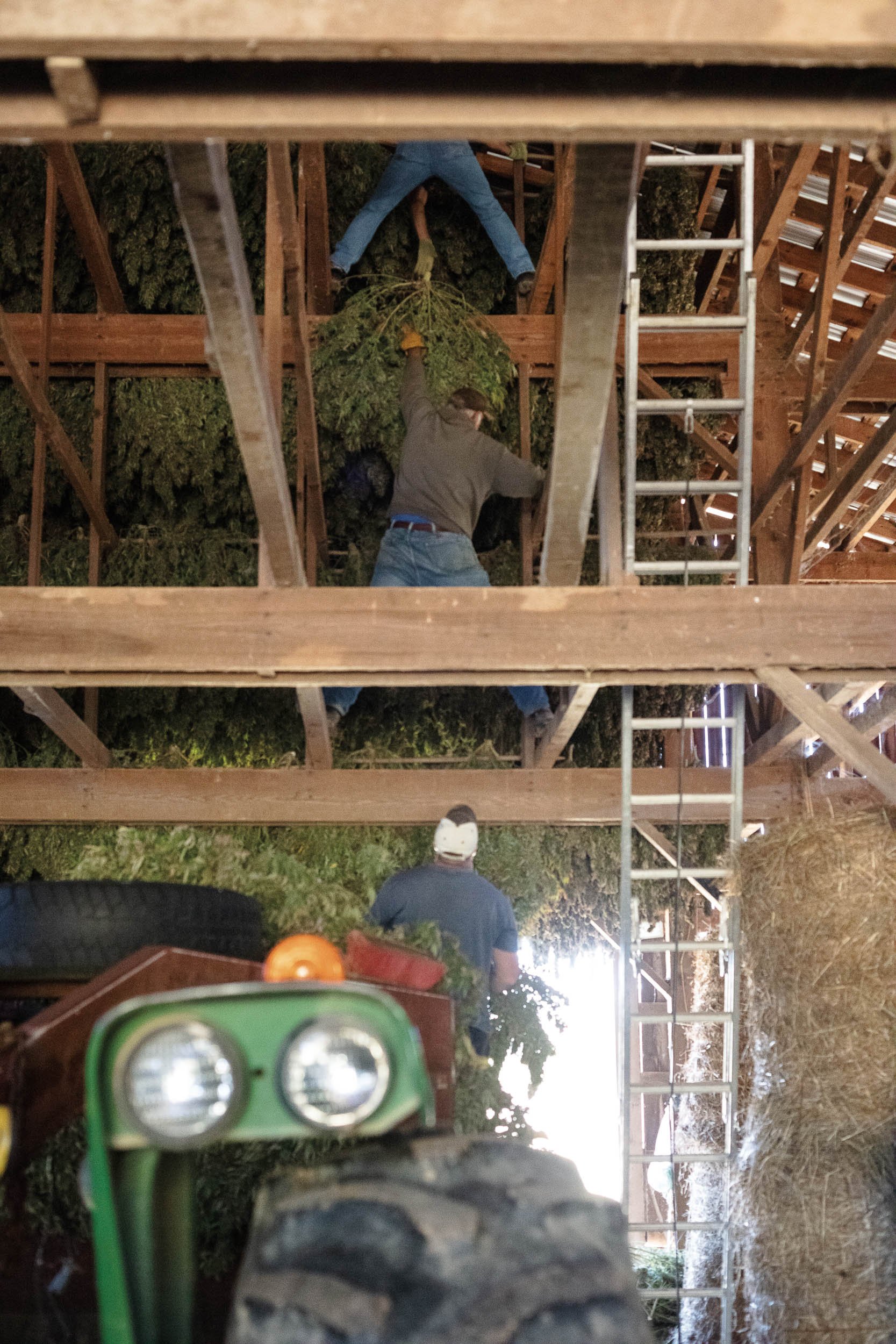
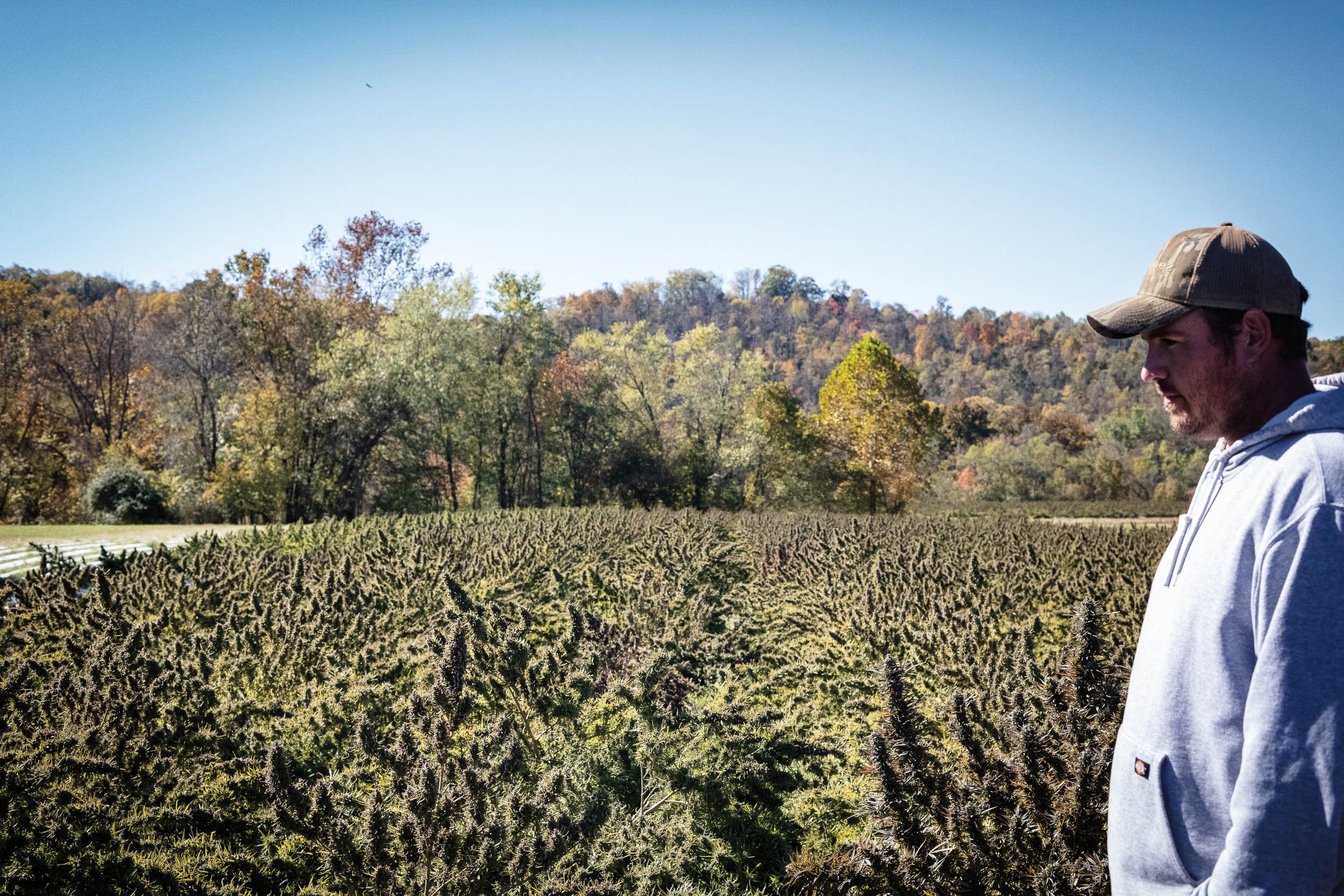

Shop Smart for CBD
Demand transparency.
Can you really trust a product tested by someone with a vested interest in its success? Only buy CBD oils that come with a certificate of analysis from a third-party lab—this is usually shared as a URL or QR code on the product packaging.
Price matters.
Competition will eventually drive down the cost of CBD oil, but for now, a one-ounce bottle typically starts at around $40. Those in the industry who know what it costs to produce CBD typically agree: If it’s really cheap, it’s probably snake oil.
Buy local.
There are obvious economic benefits of keeping food dollars in our local economy, and just like eggs, meat, or produce, purchasing hemp from local providers adds a layer of transparency and involvement as Ohio Valley hemp production expands.
More doesn’t equal better.
Finding the right dose can be tricky, since CBD works differently than other therapeutic agents. Some people see results taking tiny amounts, while others need much higher doses to achieve efficacy. Experts agree it’s best to start low (5mg to 10mg doses, twice per day) and go slowly, increasing the dose by 5mg each week until you feel it’s effectively treating your symptoms.
Talk with your healthcare provider.
As when adding any supplement or over-the-counter product, confer with your provider to ensure CBD is safe to use with other medications you’re taking.
Hannah is a graduate of NKU's political science program and a freelance creative who writes extensively about development in Greater Cincinnati. She doesn't like to fly, but she loves to travel. Her favorite books are A Tree Grows in Brooklyn and Love in the Time of Cholera.



